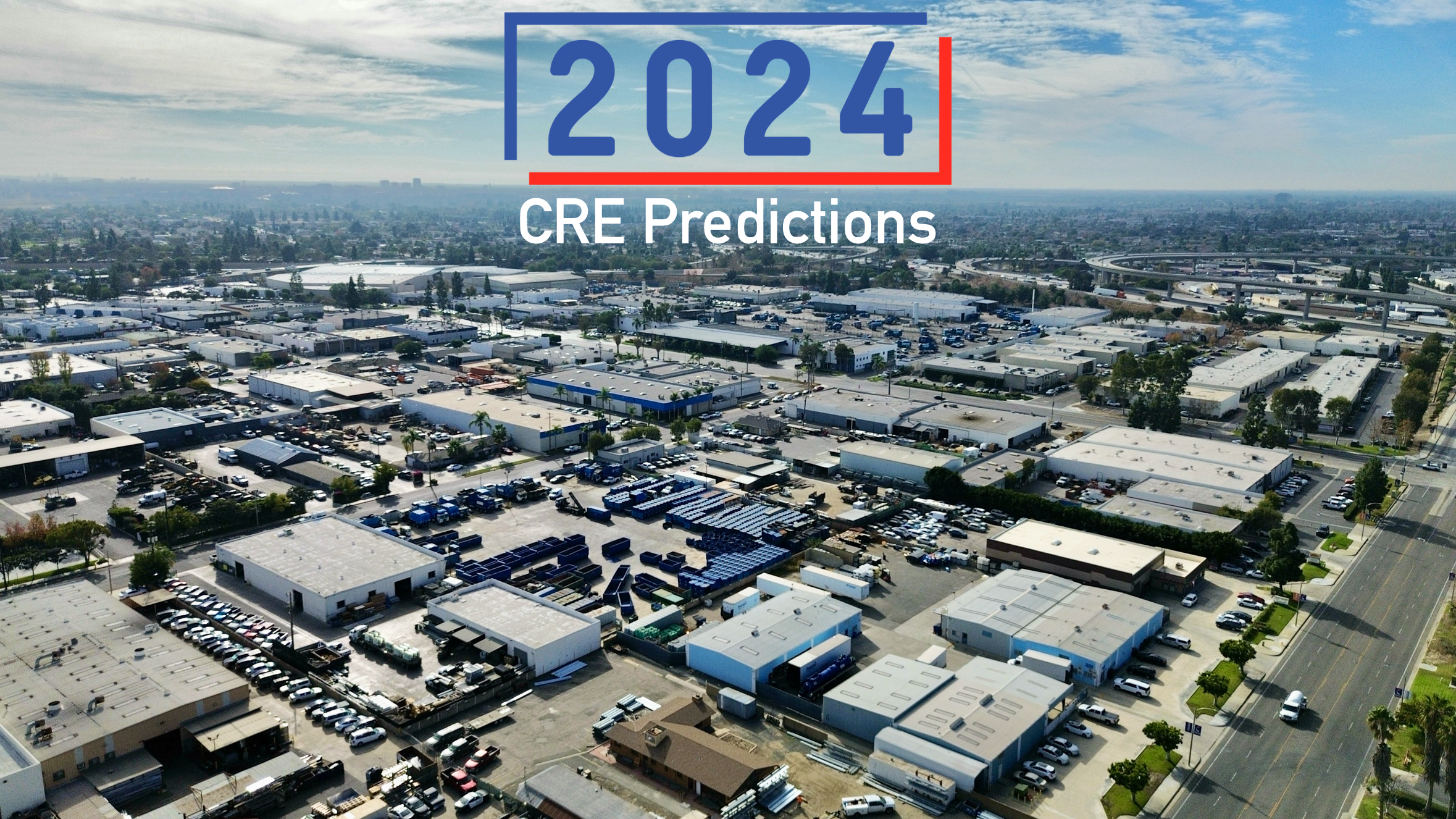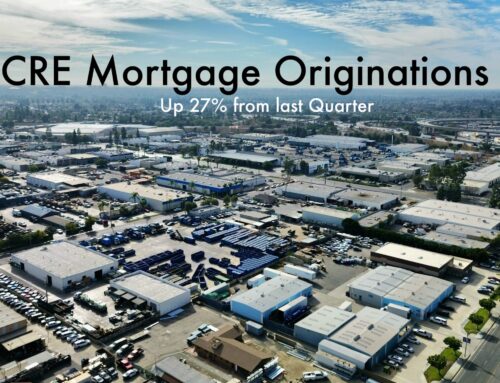Last year took many twists and turns, some of which were forecast and many of which were not. Hopefully we are on a more predictable path this year as many of 2024’s expected themes have their seeds in 2023. Following are my top predictions for 2024
1. The booming industrial market will begin to soften
The super-hot industrial market that has seen the national average asking rent increase 0.9% to $9.73 and a vacancy of 4.7% for the third quarter of 2023 will begin to slow down due to extreme overvaluation and over 624.3 million square feet of new space under construction. In the third quarter alone, a record amount of newly delivered space of more than 171.8 million square feet was delivered, which is an 18.7% increase over the second quarter. Net lease asking rents per square foot have almost doubled in many markets from ten years ago like Orange County at $21.72, Los Angeles at $20.92, the San Francisco Bay Area at $17.70 and the Inland Empire at $18.06. Cap rates are also still compressed with Class A properties at 5.00% amid financing rates of 6.5% or more.
2. The Federal Reserve will begin lowering interest rates in the Summer of 2024
The Federal Reserve, which has hiked the federal funds rate from 0.0% in March 2022 to 5.25% today, will begin lowering rates in the Summer of 2024. Lower rates will be warranted because of lower inflation, the gigantic increase in the national debt to over $34 trillion and the Presidential election. This will be a shot in the arm for the CRE industry and there will be a mini-boom in sales, financings, and leases.
3. The shadow CRE lending sector will increase loan volume substantially
The shadow or unregulated lending sector will see increased loan and deal volume as the Fed reduces interest rates next summer. The shadow lending sector includes REIT mortgage funds, private equity debt funds, CMBS conduits and hard-money funds. These lenders currently fund about 15% of all CRE loans and will see their market share rise as more distressed assets come to market for debt and as the banks and other regulated lenders maintain their conservative CRE financing policies.
4. Office REITs will see robust returns
The office REIT sector, which has seen their stock prices pummeled during the last two years due to work-at-home policies, high-crime urban areas and less demand will see substantially higher total returns in 2024. Lower interest rates and a robust economy will lead to higher rents and occupancy in key markets, however, the urban markets with high crime, homelessness and quality of life issues will continue to struggle. During the last two years and through September 2023, public office REIT total returns per NAREIT have been 22.0%, -37.62% and -17.41%.
5. CRE in high growth low tax states will outperform high tax states
The U.S. CRE market has become bifurcated with the high growth low tax states substantially outperforming the low growth high tax states Today, the high-growth, low-tax states are experiencing tremendous influxes of new residents, and their economies are booming. The high-tax, high-crime states are experiencing just the opposite, large outmigration, poor economies, declining CRE fundamentals and very slow growth. A diversified portfolio of CRE assets in high-growth, low-tax states will substantially outperform a similar portfolio in high-tax, high-crime states.
6. The large bid-ask spread in CRE will begin to narrow
Since mid-2022, the bid-ask spread has become wider than the Grand Canyon as sellers and buyers cannot agree on a sales price due to higher interest rates and higher cap rates. By the summer of next year, this bid-ask spread will narrow as the Fed begins reducing interest rates and debt capital is priced lower and becomes more readily available. Cap rates will decline to the 5.0%-8.0% area depending on the property and location. Sales and financing volumes will increase substantially from 2023, which will be a boom for the CRE and brokerage industries.
7. The best-performing sector will be retail real estate
Retail real estate which went through the wringer four to eight years ago, with thousands of store closures and dozens of retailer bankruptcies including Sears/Kmart, JC Penney, Neiman Marcus, Toys R Us, Gymboree, Payless Shoes, Ascena Retail Group, Forever 21 and many others will rebound and be the best-performing sector in 2024. The total returns for retail REITs for 2021, 2022 and through November 2023, have been 51.91%, -13.29% and -8.92%, respectively. The entire retail real estate industry has become more efficient, and profitably adapted to online, brick and mortar and mobile sales and is back with about 4,000 new store openings per year. Food and drug-anchored shopping centers and net lease retail real estate will perform best.
Source: https://www.globest.com/2024/01/02/top-cre-predictions-for-2024






